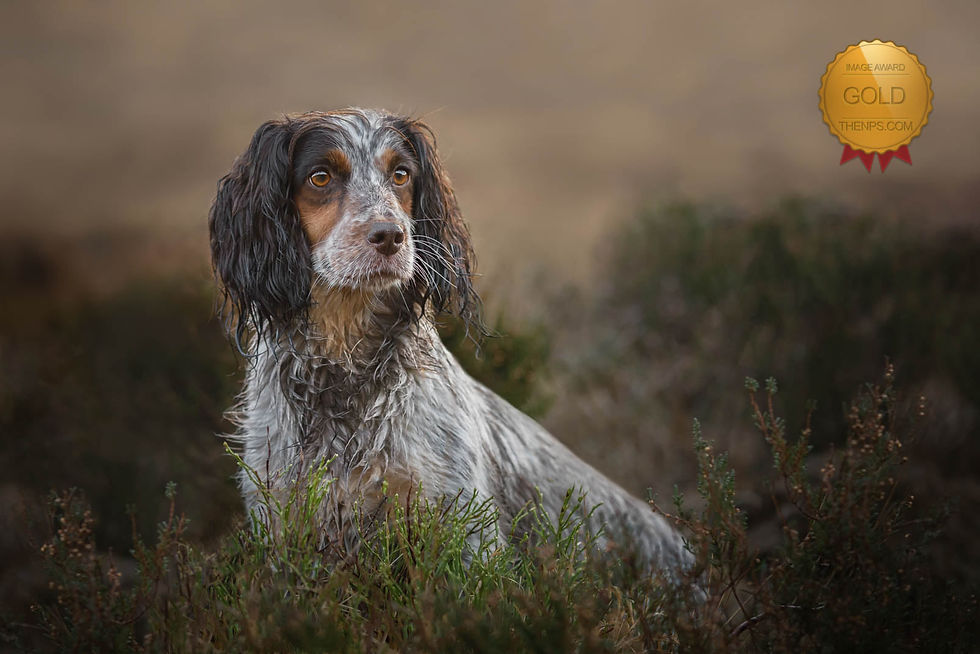Spring has finally arrived, and with the relaxing of the Covid restrictions, I am sure, we are all looking forward to being able to spend more time outside with our friends and families creating memories.
So dust of the camera and get clicking .......

Ø KNOW YOUR CAMERA – AND NOT JUST THE ODD BUTTON You have made the investment, you have bought a camera and a lens. Knowing your kit and understanding how it works is so important, and will help you achieve great results rather than becoming frustrated and then leaving it in the box.
Take the time to read through the manual ( and not the skinny quick start one but the big thick one) or watch some of the great online videos or even better book a lesson to make sure you are in charge of your camera.
Know where the buttons are so you can change important settings such as Aperture, Shutter speed and Focus points whilst still looking through the viewfinder.
This should help to avoid missing those special moments.
The more you practice the more it becomes second nature and you will find your fingers hit the right button each time.


Ø COMPOSITION Does your picture tell a story? .. A simple, well-taken portrait is a beautiful thing and can be achieved in just about any setting, but look for a story as well.
Pictures of dogs and their owners are great, we often spend more time talking to our dog than we do anyone else and if you catch these moments right, they can tell a great story.
If you want things to be a little more staged, once you start adding props to a scene, make sure that they work with the dog to tell a story. A Labrador and a pair of boots work great and can be a set up used for both indoors and outdoors shoots.
Make sure to look all around your subject, nothing more annoying than a beautiful portrait shot with a stick or a post or a branch coming out the top of the dog’s head.

Ø MAKE SURE THE EYES ARE SHARP AND THE EARS ARE HAPPY
The eyes are the window to the soul – this is very true and we nearly always connect with the eyes first in a picture, whether it’s a person or a dog – so make sure they are pin sharp.
In animals, ears are just as important, try and make sure the ears are alert and “happy” looking as opposed to pushed back, a sign that some dogs really aren’t comfortable.
Settings :
F5.6 is a nice aperture to use for outdoor portraits, creating a nice soft background but keeping eyes sharp and nose, soft but not too soft. Everyone likes something different, so play around with the aperture setting to you achieve your favourite look.
Shutter speed needs to be fast enough to avoid "lens shake", and again everyone is different - but start at 1/400 and try dropping to see what gives you the sharpest shots without shake.
ISO - will be either on AUTO or will be dictated by the Aperture and Shutter Speed.
You can either use One Shot or Continuous Servo - If you are mixing and matching between running and portraits then Servo is your best bet. A single focal point allows you to track the eyes. For portraits, you might like to set your shooting mode to single shot, but again, if you are switching between running and portrait then High Speed Continuous has its advantages. Learn to be gentle with the shutter and you can just take a single shot.


Ø ACTION SHOTS If it’s action shots you are after keep your shutter speed as high as you can – it’s all about shutter speed and timing.
Get down low – ideally, you need to be with your lens at eye level or just slightly above. Watch the dog run for a while and get a feel for its stride pattern, then focus on the eyes and away you go. !!
Settings :
Shutter speed needs to be over 1/1250 sec to freeze the frame, and you may need to push your ISO up to achieve this.
A good aperture to aim for is F4 but this again is down to personal preference, so mix it up and see what gives you the best results.
I use Continuous servo and high-speed continuous shooting modes (if you don’t know what those are see Tip Number 1 !). I like to use a single focus point, either centre point or one above centre and aim for around F4.
Ø QUICK TIPS
Most of us are out with our dogs all year round, buy your camera a protective cover for the wet days. If you get caught short a carrier bag with a hole, in the end, works just as well.
Make sure you check the end of your lens for smears before you start shooting. An errant nose up your lens can be the end of some great pictures.
Lens wipes such as Leica wipes don't cost a lot and can be bought in big boxes. Also, have a proper lens cloth to hand. Always handy to have in your pocket or camera bag. Tissues are NOT a good alternative.
Keep your camera clean and serviced.
Keep a spare battery, (charged) and a spare memory card (formatted) with you.
Take the time to look behind you now and then, you never know what you might see !!!!!
Practice, practice, and practice some more
Most importantly, enjoy your photography !!.

For more information on our 1-2-1 Photography Training Workshops or our Group Workshops please have a look HERE or give me a call on 07798 883142.
Comments